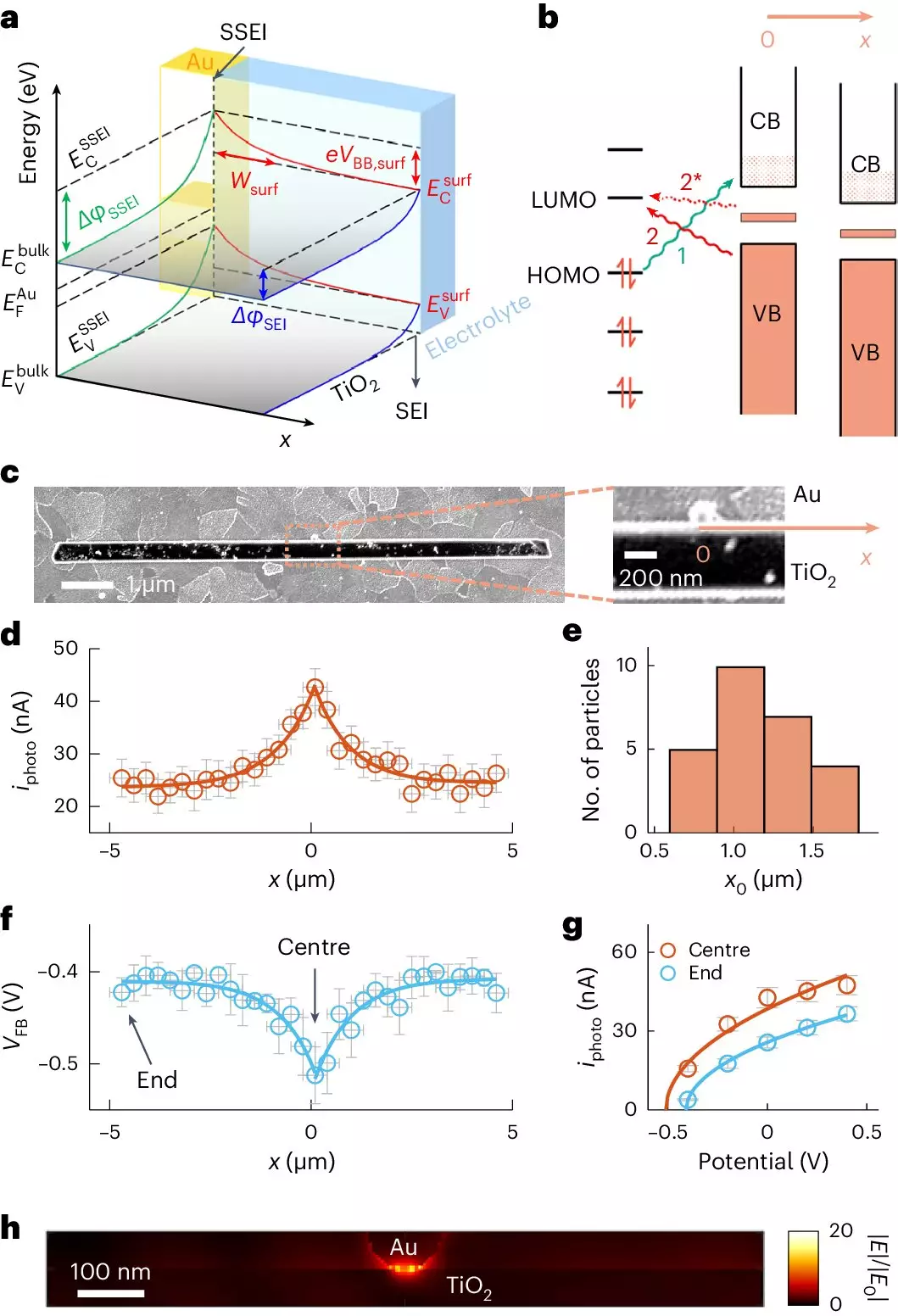In today’s world, we are increasingly confronted with the pervasive issue of micropollutants—microscopic toxic substances that infiltrate our water systems, often stemming from mundane activities like agriculture and manufacturing. Substances as innocuous as pesticides and industrial chemicals can wreak havoc on aquatic ecosystems and human health alike. To combat this environmental threat, innovative solutions are not just a luxury; they are a necessity. Enter nanotechnology, where the minute size of nanoparticles offers the same cunning that nature employs to deal with these insidious chemicals.
Photocatalysis: Nature’s Sunlight-Powered Cleanup Crew
One of the most promising approaches in this arena is photocatalysis, a method that harnesses solar energy through semiconducting nanomaterials to break down pollutants meticulously. At the forefront of this exciting research is titanium dioxide (TiO2), a well-known semiconductor that, when augmented with co-catalysts like gold nanoparticles, demonstrates remarkable abilities to detoxify trace pollutants. The synergy between these materials represents a beacon of hope for enhanced environmental remediation—addressing what has become an urgent global challenge.
New Frontiers: High-Resolution Imaging Techniques
A significant leap forward in this research has been made by a dedicated team at Cornell University. Utilizing an innovative imaging technique known as adCOMPEITS (Adsorption-based COMPetition Enabled Imaging Technique with Super-resolution), this team can visualize and quantify how well these pollutants adhere to surfaces at an unprecedented resolution. With this technology, scientists can literally observe competition between fluorescent probe molecules and nonfluorescent micropollutants for adsorption sites on the TiO2 surface. By mapping where these pollutants cling, researchers can refine and enhance photocatalytic processes to work more effectively.
The Extraordinary Impact of Gold Nanoparticles
What’s truly groundbreaking about the Cornell team’s discovery is the way gold nanoparticles facilitate this process. Their research indicates that the mere presence of these minute gold particles not only enhances adsorption at their immediate location but also has unexpected, beneficial effects several micrometers away. This phenomenon—termed ‘surface band bending’—manifests due to alterations in the electronic properties of titanium dioxide. Essentially, the gold nanoparticles create an electromagnetic landscape that extends the reach of adsorption significantly beyond their physical presence.
Revolutionizing Efficiency: A Small Step for Nanoparticles, A Giant Leap for Filtration
The implications of these findings are significant. By demonstrating that only minimal quantities of metal nanoparticles are required to enhance photocatalytic efficiency, researchers point toward a future where environmental cleanup can be both cost-effective and resource-efficient. This breakthrough doesn’t only signal a solution to improving photocatalysis; it also hints at broader applications in technologies such as sensors and dye-sensitized solar cells.
While photocatalysis has previously struggled with low conversion efficiency—where the transformation of solar energy into a chemical reaction often fell short—the advancements highlighted by this research might well pave the way for substantial improvements in efficiency. The integration of nanotechnology stands to revolutionize how we approach environmental challenges, providing synthesizing methods that require less energy and fewer resources, all while achieving remarkable results in reducing pollution.
Broader Applications: The Nanotechnology Revolution
Beyond immediate applications in water treatment and pollution abatement, the research into TiO2 and gold nanoparticles opens up avenues for innovative solutions in various sectors, including renewable energy and environmental monitoring. For instance, the ability of these nanoparticles to enhance adsorption makes them ideal candidates for improving solar cell efficiency, which could significantly contribute to meeting global energy demands sustainably.
Incorporating nanomaterials into our environmental strategies reflects a profound change in how we think about resource management. Small yet potent, these nanoparticles not only tackle pollution at the source but also offer scalable solutions that can adapt to various environmental contexts. By embracing such forward-thinking technologies, we stand not only to preserve the delicate balance of our ecosystems but also to restore faith in our capacity to innovate against adversity.
As we continue unraveling the complexities of nature through scientific exploration, the ongoing dialogue around nanotechnology will undoubtedly play a pivotal role in solving the pressing environmental issues of our time. By investing in this research, we invest in a healthier, cleaner future—one where both humanity and the planet can thrive.

